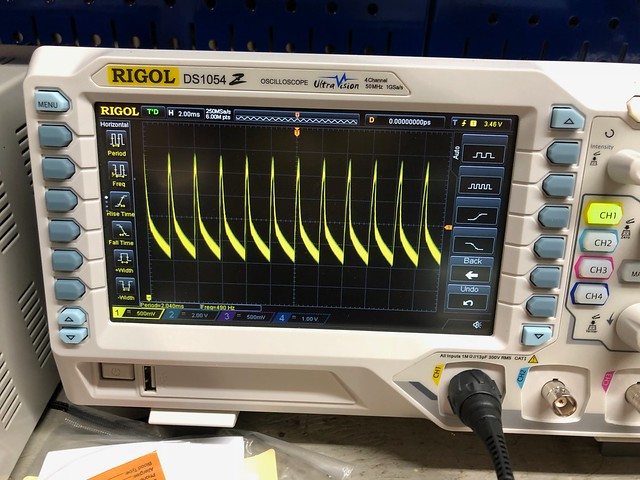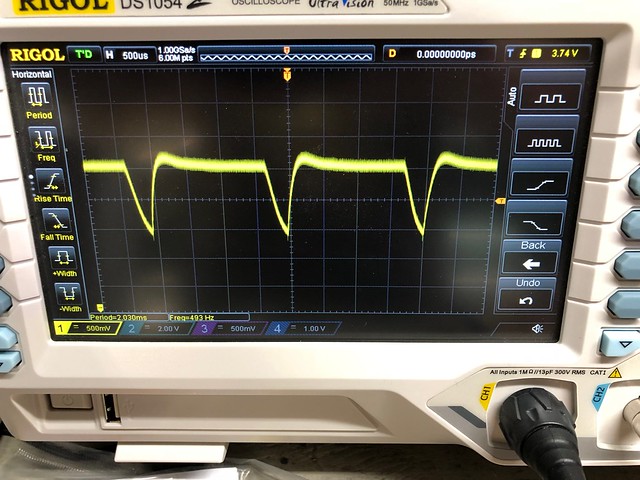brianpe
0
- Joined
- Dec 26, 2012
- Messages
- 56
- Points
- 18
Hi --
I'm building a labby using a BlackBuck 8 driver and the new NUBM47 diodes from DTR. I want to control the power output and I'm experimenting with both an analog control voltage on the BlackBuck and using PWM from an Arduino. Using PWM would give me a lot more flexibility, but when the laser is not running at 100% there is an audible whine from the diode. I have not brought this up to full current yet - still running about an amp.
Will this shorten the life of the diode? Does anyone know if it would be safe to the driver to smooth it out with a filter capacitor?
Thanks. Really excited for what I have cookin', but I don't want to break it.
I'm building a labby using a BlackBuck 8 driver and the new NUBM47 diodes from DTR. I want to control the power output and I'm experimenting with both an analog control voltage on the BlackBuck and using PWM from an Arduino. Using PWM would give me a lot more flexibility, but when the laser is not running at 100% there is an audible whine from the diode. I have not brought this up to full current yet - still running about an amp.
Will this shorten the life of the diode? Does anyone know if it would be safe to the driver to smooth it out with a filter capacitor?
Thanks. Really excited for what I have cookin', but I don't want to break it.






